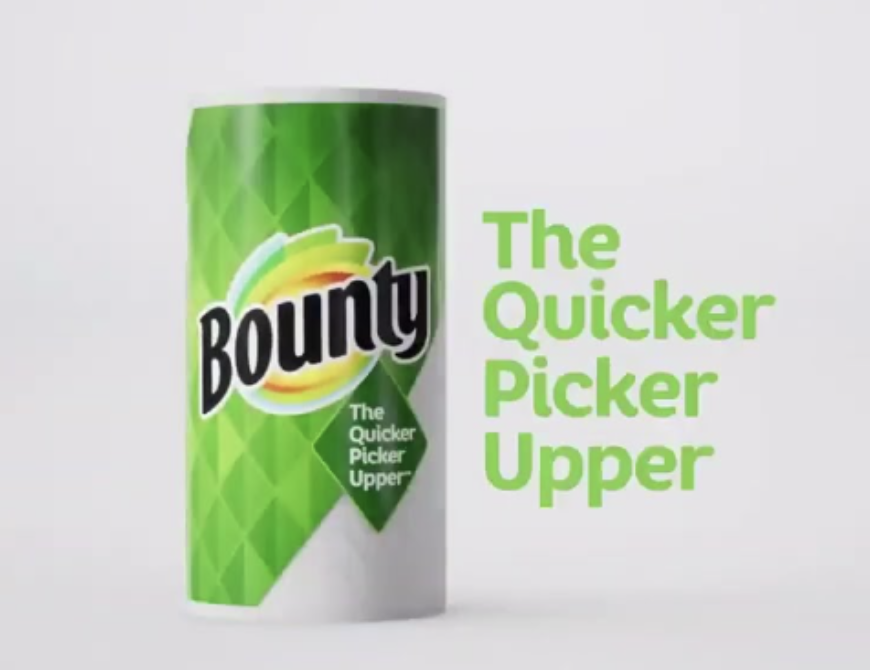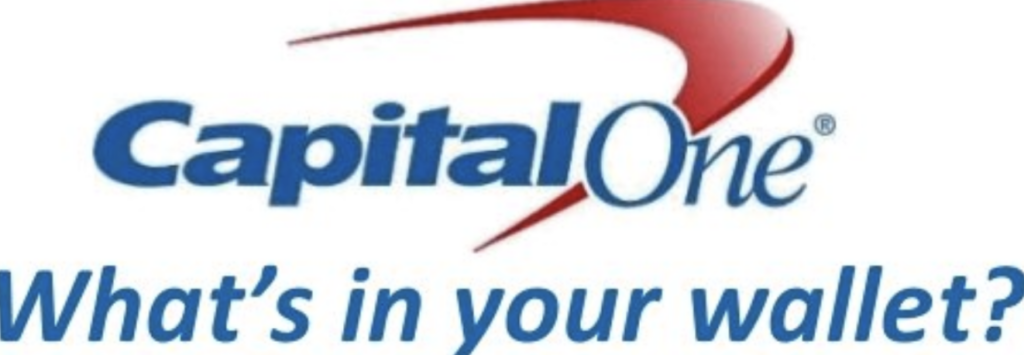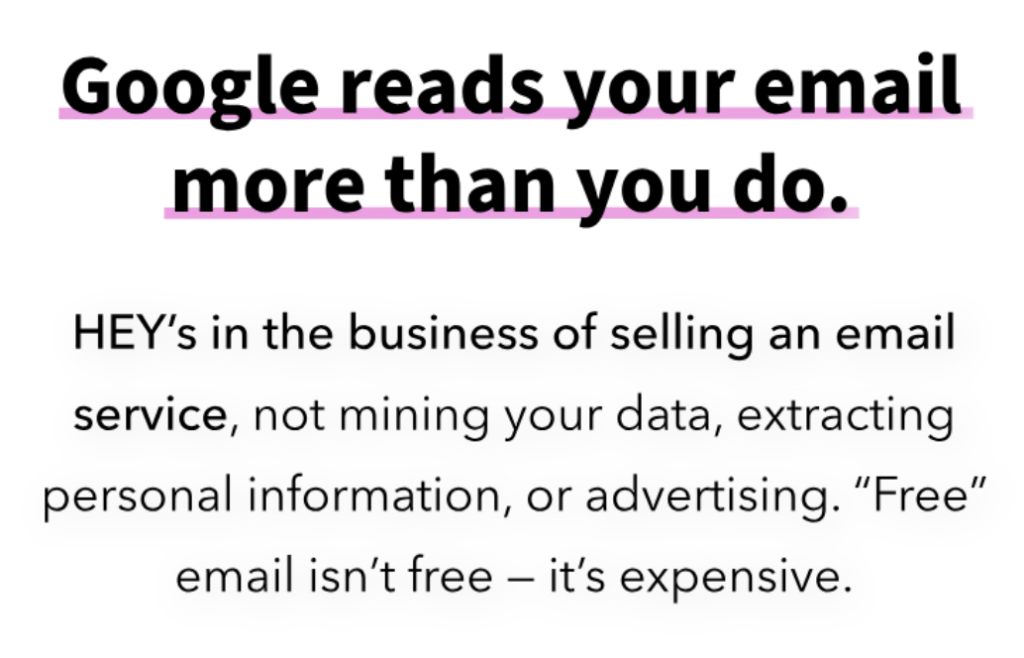When it comes to writing effective, fun-to-read copy for your website, your offers, and even your social media marketing, being a decent writer is just the first step.
In fact, we would argue that being a decent writer is only about 20% of the job. The rest of the work comes from research skills, knowing how to read performance and analytics (and tweak accordingly), and an understanding of what makes the people in your target market “tick.”
That’s exactly where sales and buyer psychology comes into play. It’s the art of knowing what makes people tick, and then using that information to make sales in your business.
Why Does Sales Psychology Matter?
Sales without psychology is a complete and utter shot in the dark. It’s like posting 2 TikTok videos and then getting upset that you haven’t become the next Alix Earle yet.
The salespeople, digital marketers, and entrepreneurs who have dedicated the time and energy to mastering sales psychology are the ones that convert purposefully. They know how to replicate success in their business or for their clients over and over again. People who are randomly selling, shooting off new ideas CONSTANTLY without strategy, writing copy that has nothing substantial back it up, and working without an arsenal of sales psychology tools in their back pocket might as well be flushing their time and money down the toilet.
Spontaneity in business is a really great thing, don’t get us wrong. You don’t want to get stuck in the “it’s not perfect” phase of launching a new service or product. But when you understand how to use buyer psychology to back up your moves in your business, then you can all but guarantee that even the most spontaneous decisions will work.
5 Sales Psychology Principles Every Entrepreneur Should Know
The truth is, you probably already subconsciously use buyer and sales psychology principles in your business and marketing. Any strategist worth their salt teaches sales psych-backed methods, and you’ve likely picked some up through your Google searching and content binging. But when you actually understand sales psychology principles and why they work, you gain the ability to leverage across different areas of your business and maximize their benefits. Here are a few of our favorite sales and buyer psychology tricks that you can use in your brand:
The Reciprocity Principle
The Reciprocity Principle is the idea that people are more likely to invest in you and your business if you’ve given them something of perceived value first. Not only does providing value for your audience help them know and love you as a business and a brand, but it makes them subconsciously invested in your success. If they like the thing that you’ve given them (ideas on what to give them in just a sec), then they’re more likely to be loyal to your brand in the long run.
Here are a few ideas of valuable things that you can give to your audience for free:
- PDF workbook
- Free learning module or masterclass
- Free template or portal
- In-depth educational content
- Insider tips & tricks
- Live FAQ or AMA sessions
- Hot Seat coaching
- Free audits
Alleviating Analysis Paralysis
Many people believe that offering their audience as many options and choices as possible increases the likelihood of more people making a purchase with their business. The truth is, too many options often paralyze our audience members, confusing them and causing them to choose nothing simply because there are way too many options. If you can make a choice a no-brainer for your audience, they’re much more likely to convert. In practice, this looks like:
- Simplifying your offer suite to only the most useful services or products
- Minimizing deliverables of a service to only include what really matters
- Focusing on the value of an offer instead of the volume
- Limiting the details and various options for a package or service
- Getting crystal clear on who each of your offers is for, and not being afraid to say “no” to people who don’t fit that mold
Confirmation Bias
Confirmation bias is the tendency to favor information and options that strengthen or confirm our own values or beliefs. Human beings don’t like being wrong about things. So, we actively seek out information and solutions that support us being right about something. Wherever you can, use your brand and messaging to affirm their beliefs. This can look like:
- Benchmarking or “anchoring” the price of your offer against competitive offers (more on this in a couple scrolls)
- Use your messaging to control your brand and offer narrative from the beginning so you don’t have to fight against your audience’s confirmation bias
- Be flexible and open-minded about your brand perception, your offers, and your audience
- Showcase your values wherever and whenever possible
Functional Fixedness
People tend to get stubborn about the function of a service, tool, product, or resource. This tunnel vision causes us to overlook potential other uses and benefits of the thing that we’re investing in. For example, if you’re selling a course on launching, your audience who isn’t currently (or about to be) launching a new offer might not think that your course is, functionally, right for them at the moment. But what they might not realize is that even though they’re not currently launching, they can use the tools and resources inside of your course to sell their existing offers, create stronger content, and infuse selling tactics into their everyday marketing plan.
It’s your job as an entrepreneur to showcase the multi-functional nature of your products or services, and help people see the different angles and benefits of your offers.
FOMO (Fear of Missing Out)
Honestly, FOMO might be one of the most useful tools on this list. People don’t like missing out on things that they perceive as fun, cool, or valuable. There are so many ways that you can leverage your audience’s fear of missing out, including:
- Sharing social proof
- Showcasing the members of your group program, or your clients
- Putting time limits on your offers
- Showing your audience what they missed by not getting inside an offer when they had the chance
9 Psychology-backed Copywriting Tricks
In addition to some broader ideas that you can use across your copywriting, sales, and digital marketing, there are some copy-specific tricks that you can use to draw readers in and get them invested in what you have to say. Some of them are small word tricks that make your marketing feel easy to understand and fun to read, some of them are buyer psychology tricks that make your offer a better, more obvious choice for the reader.
It’s important to note that you don’t need to rush to integrate all of these ideas into your copywriting and content marketing in order to make it “work.” If any of these don’t make sense for your brand in particular, then you don’t have to use them. You are the decision maker of your business, and you know best.
The Rhyme as Reason Effect
People perceive something that rhymes to be factual or true. It’s a weird cognitive bias, but it’s most likely because rhymes are more memorable, and in our brains memorable = true. You can use this bias in your brand, especially if you’re writing a slogan or tagline that you want to be remembered by. But it works in your copywriting in places like your headlines, too.
EXAMPLE:

Price Anchoring
Price anchoring is an extremely effective way to make your offer feel like a no-brainer to your audience. Essentially, price anchoring is the practice of positioning your pricing against something that your audience is already familiar with in order to make the price feel more tangible and logical to them. You’ve definitely seen this in practice before, and probably even made a purchase decision based on price anchoring. Here are a few ways that it’s done:
- Positioning your price against something that everyone spends money on, like “costs less than your daily cup of coffee.”
- Positioning your pricing and features against the pricing and features that your competitors offer so that your audience can see the big-picture value of your product or offer.
- Positioning your pricing against your other pricing tiers. This works especially well if you have different pricing options for your product and want to direct users towards the option that’s the most profitable for you.
Repetition
People are terrified of repetition. They don’t want to sound like a broken record. They don’t want to bore their audience. So, they don’t repeat themselves at all. Not only does this make marketing and consistent messaging REALLY difficult (trying to come up with something original to say every single time??? No thank you), but it also throws a wrench in your own brand recognition. Big name brands repeat themselves ALL. THE. TIME. They do it without shame. They get their message, the same message, in front of your face as much as they can. You need to get used to doing the same.
On a large scale, this looks like repeating and reusing your message, copy, and ideas as much as possible. It takes a person 7x seeing something to retain the information, anyway.
On a small scale, you can utilize repetition in your copywriting to emphasize sentences that you want people to remember. Think: better ingredients, better pizza.
Alliteration
We first learned about alliteration in 8th grade English class and it’s been a fan favorite ever since. Everybody loves alliteration! It’s just such a delicious way to write a memorable sentence. Use alliteration whenever it makes sense, especially in important pieces of copy like your headlines or taglines.
EXAMPLE:

Asyndeton
Asyntedon is the purposeful omission of a conjunction in a sentence. It’s useful in copywriting because it cuts the fluff and gets straight to the point which is important for effective copy but oppositional to how we speak as humans.
To use the Papa Johns example again, “better ingredients, better pizza” sounds MUCH better than “better ingredients and better pizza.” Because we cut the fluff and are only presenting the important details.
High Contrast
High contrast sentences are great at catching and keeping the attention of an audience. Essentially, you’re showcasing the best part of an offer or product and propping it up against the thing that people generally dislike about similar offers or products.
For example, pretend that you own a coffee brand. You have mastered a formula that doesn’t upset sensitive stomachs and you definitely want to show this off. You might use a high-contrast line like “all of the caffeine, none of the tummy aches” in your marketing.
Loss Aversion
The loss aversion bias means that consumers are less likely to make a purchase if they feel that it won’t work out (or that it will be a potential waste of money). Often used in the context of investing, it’s said that the “overwhelming fear of loss can cause investors to behave irrationally and make bad decisions.” But loss aversion occurs outside of the financial investment space as well, with consumers being hesitant to spend money (especially a lot of money) on something that they perceive as “risky.” There are a few ways that businesses can mitigate this:
- Offer a free trial
- Offer an extremely inexpensive starter period
- Offer a guaranteed refund
- Share lots of performance statistics and social proof for an offer
Shared Enemies
There’s this incredible quote from Blair Warren’s One Sentence Persuasion that says:
“People will do anything for those who encourage their dreams, justify their failures, allay their fears, confirm their suspicions, and help them throw rocks at their enemies.”
This is, essentially, emphasizing the importance of aligning your brand with your audience and giving them the perception of being on their side. For small businesses in particular, calling out the “enemies” that you share with your customer base is especially effective. Look at the example below, where a small inbox and calendar management company positions Google as a shared enemy:

Selling the Outcome
Whenever and wherever possible, sell the outcome instead of the deliverables or details. It will always be a more powerful sales pitch. You might care a lot that your social media management package includes six static posts, 37.5 minutes of engagement, and five hours of trend research per week. Your target client will only care a little. What they care about MUCH more is the outcome–more followers, more buyers, more fans.
So, skip the details and get straight to the good stuff.
___________________
Feeling inspired to update your copy with your new sales psychology skills? Check out our conversion copywriting templates for even more support!
And if you want to keep the education train rolling, make sure that you’re subscribed to our email list!
